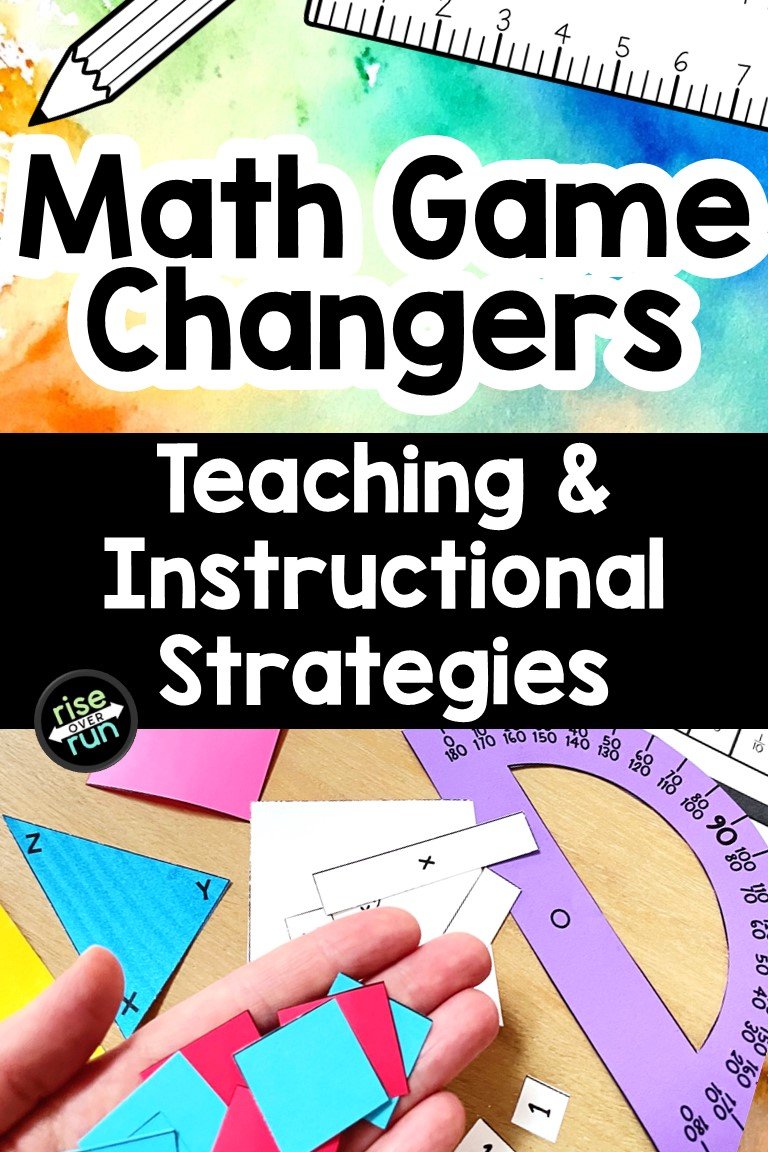
Math Instructional and Teaching Strategies
As math teachers, we are always looking for strategies that help our learners understand the concepts we’re teaching. I asked teachers on Instagram to tell me game-changing strategies that made their math lessons more effective. Several of the ideas were small changes that can have a big impact.

You are a Math Person: Promoting a Positive Math Identity with Students
Are you a math person? Do your students see themselves as math people? Students and teachers often hear that certain people are math people and others are not. The truth is that no one is born doing math, and everyone can get better and better at math. We also need to show students that being fast at calculations is not what makes someone good at math. Math takes hard work, thinking, problem solving, creativity, analytical skills, communication skills, and more. In short, there are many ways to be a math person. When we help students see they have many math strengths, they start to develop a positive math identity and see themselves as math people.
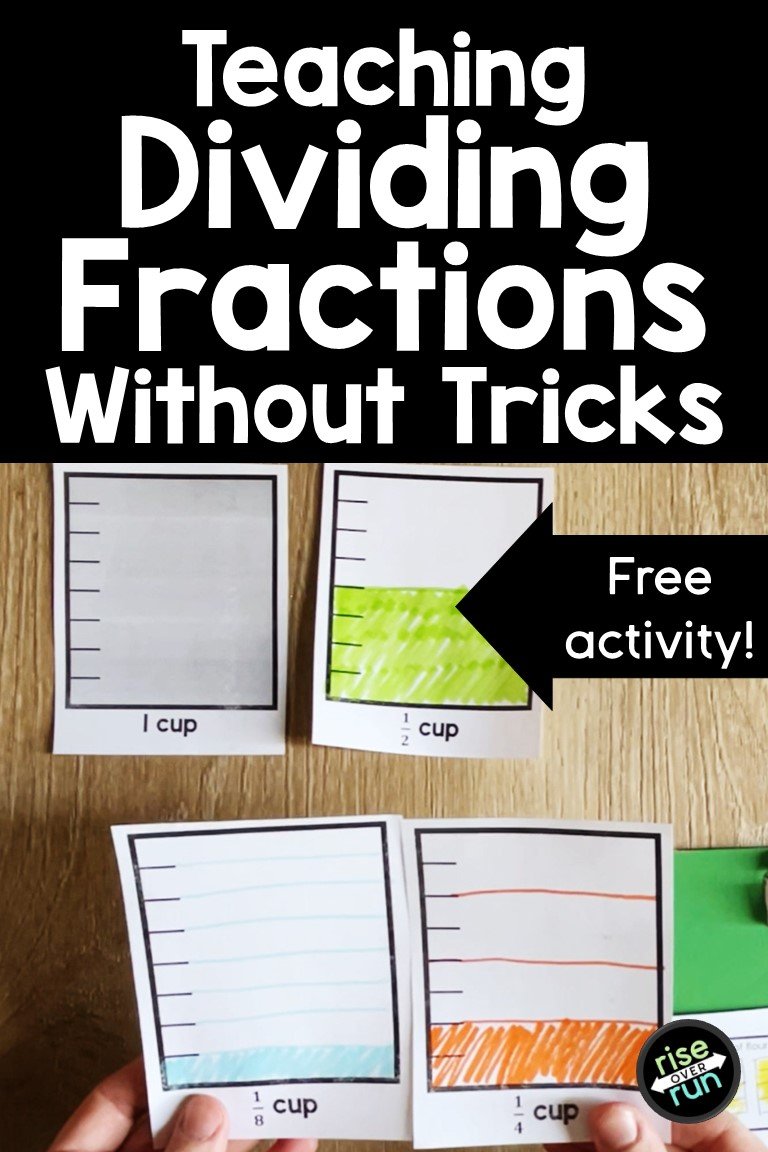
Math Without Tricks: Making Sense of the Division of Fractions
The "Keep-Change-Flip" (KCF) method is a common math trick used to teach students how to divide fractions. The instructions are simple: keep the first number, change the division sign to multiplication, and flip the second fraction. This method works and provides the correct answer, but there is a significant downside.
If our only focus is on getting the answer, KCF can seem very appealing. However, students often end up with no clue how they arrived at that answer or if it even makes sense. Additionally, tricks without meaning are frequently applied incorrectly in later problems, leading to confusion and errors.
I am a strong advocate of helping students understand that math makes sense. I'll show you a way to approach fraction division that gets students thinking critically and making sense of their answers.
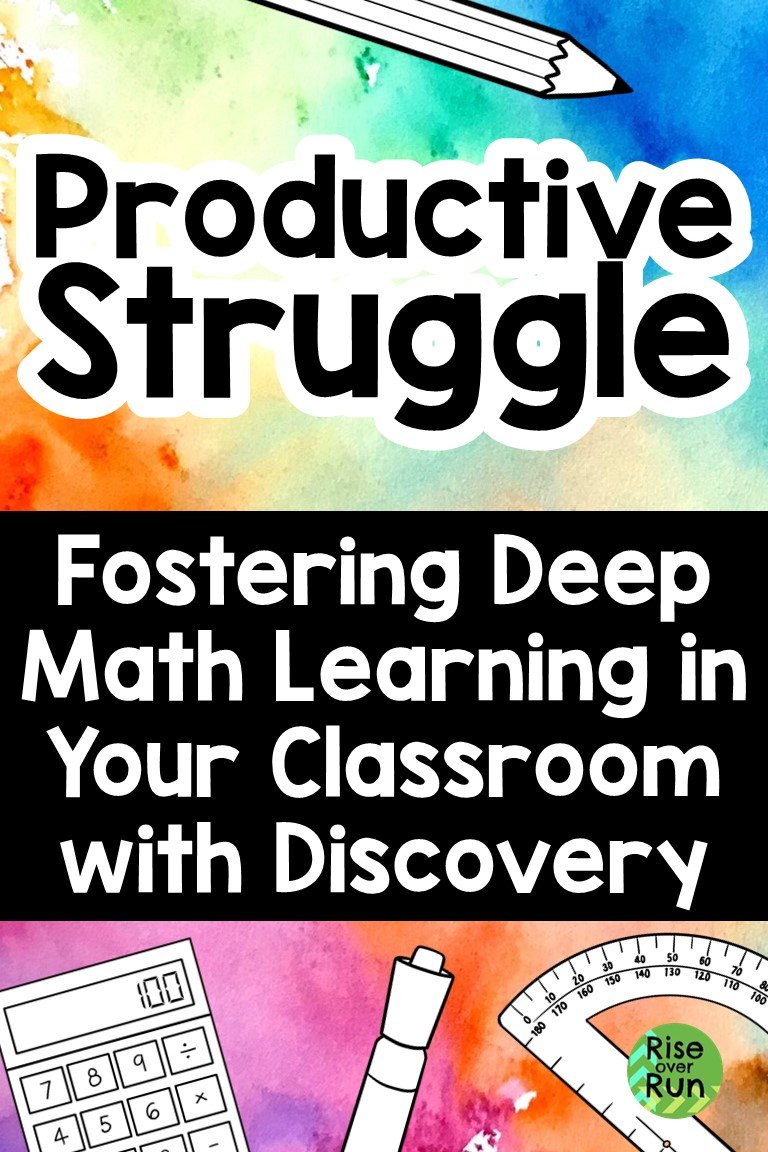
Productive Struggle: Fostering Deep Math Learning in Your Classroom with Discovery
Productive struggle is the process where students face challenging problems or concepts that they don't immediately know how to solve. However, they approach these challenges with hope and confidence, believing that with effort and perseverance, they can arrive at a solution. This is a mindset that takes time to develop.
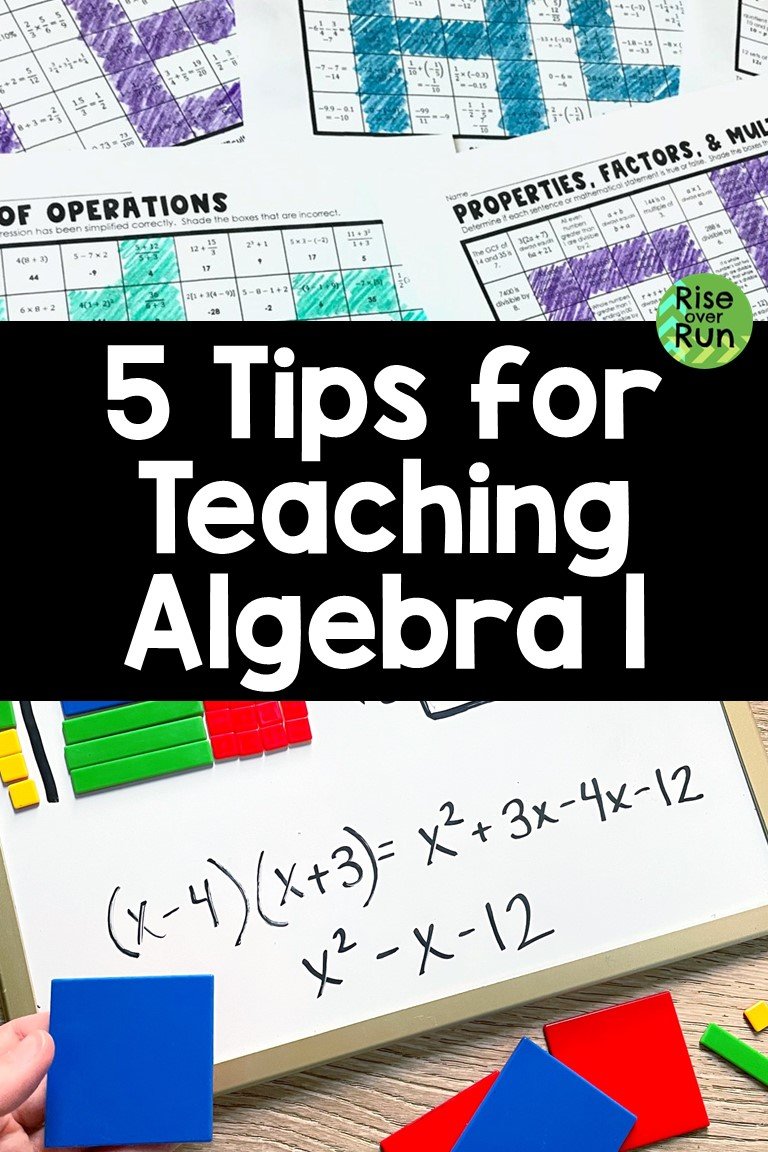
Tips for Teaching Algebra 1
Teaching Algebra 1 can be a lot of work. Students learn lots of new concepts and face lots of new challenges. (But help is here!) To help you prepare for your best year yet of Algebra 1, I’ve gathered 5 of my best tips and favorite resources!
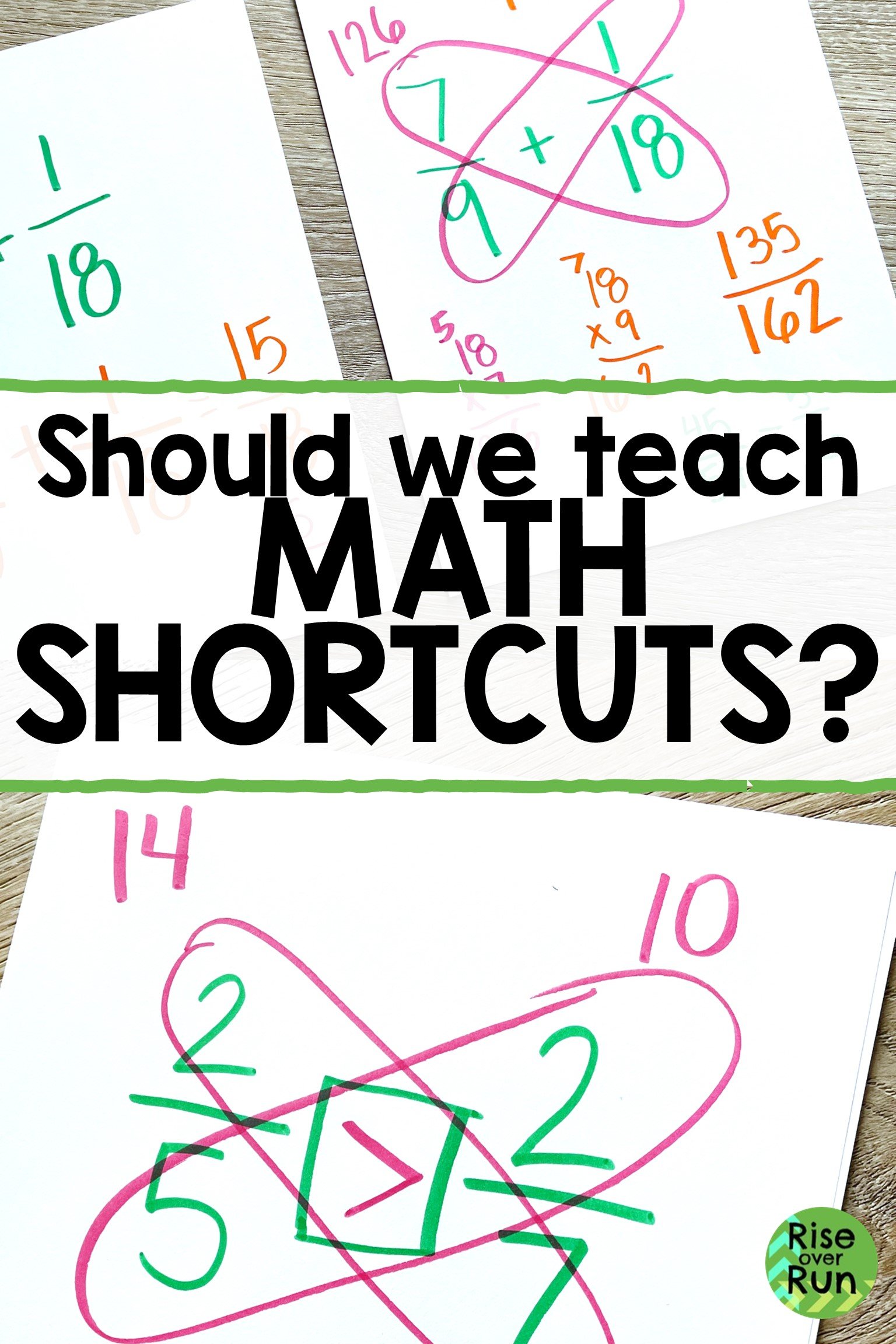
Should we teach students math shortcuts and tricks?
Shortcuts are a necessary part of math. If you are an efficient problem solver, you are likely using shortcuts that you have learned. The approach to shortcuts is what we must examine.
Are we showing students all the shortcuts without allowing time for them to understand why they work?
If we are showing students shortcuts, students are likely memorizing them in order to get an answer that day or pass a quiz that week. Memorization without understanding causes problems later. Without the conceptual understanding of what is happening, students forget. They apply the shortcuts at the wrong time, and they cannot extend them to other concepts. And it sends the message that math makes no sense, which may be the most worrisome outcome of all.
Read on for commonly misused shortcuts and what to do instead.
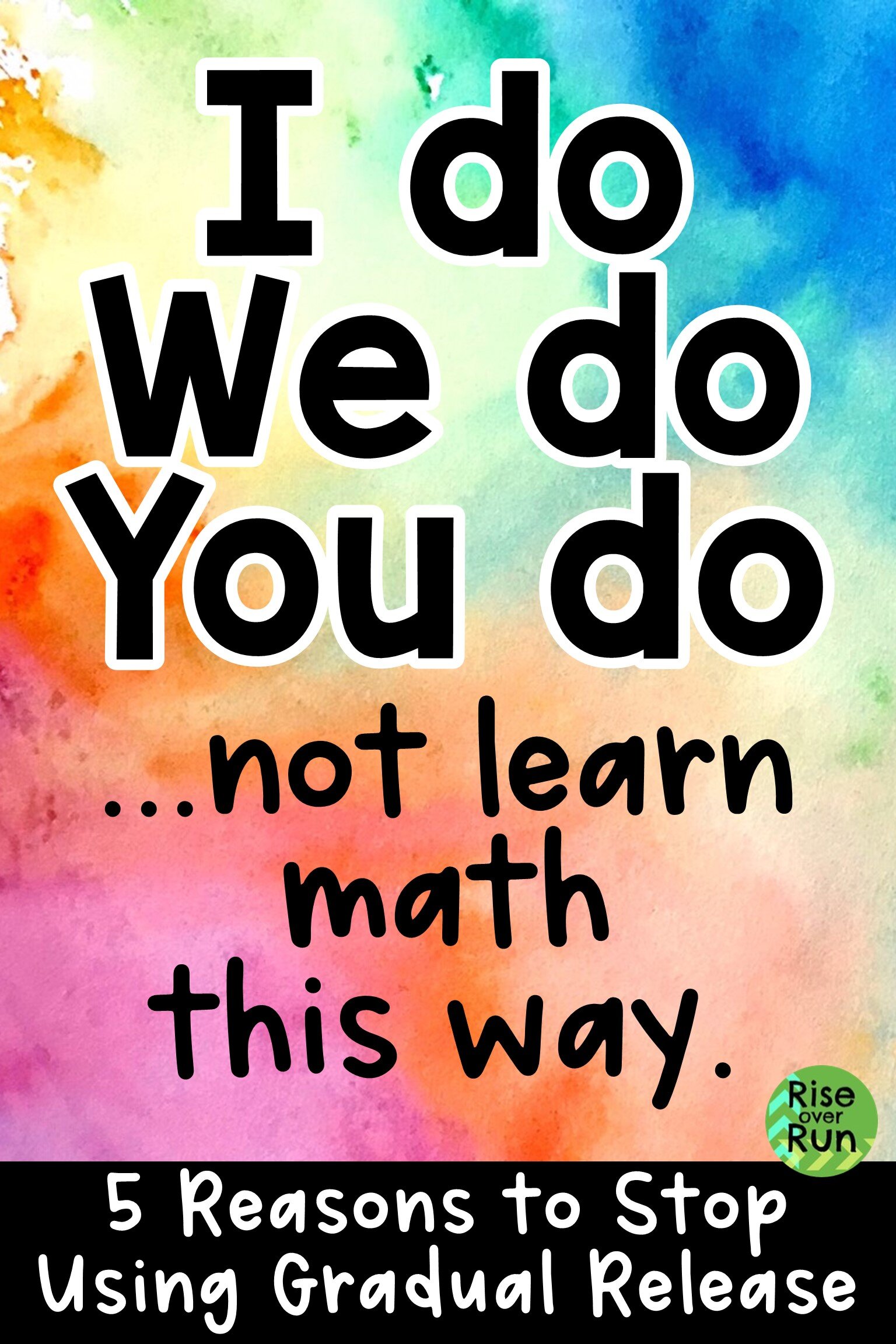
Why We Shouldn't Use Gradual Release Often in Math Class
Gradual release is a method of teaching where the teacher starts out by showing how to do a procedure. (I do.) Then, the class works on a problem together. (We do.) And then finally students do a problem themselves. (You do.) The teacher is gradually releasing the responsibility to the students, the responsibility of getting an answer.
If we look at the Standards for Mathematical Practice, gradual release is not conducive for most of them.
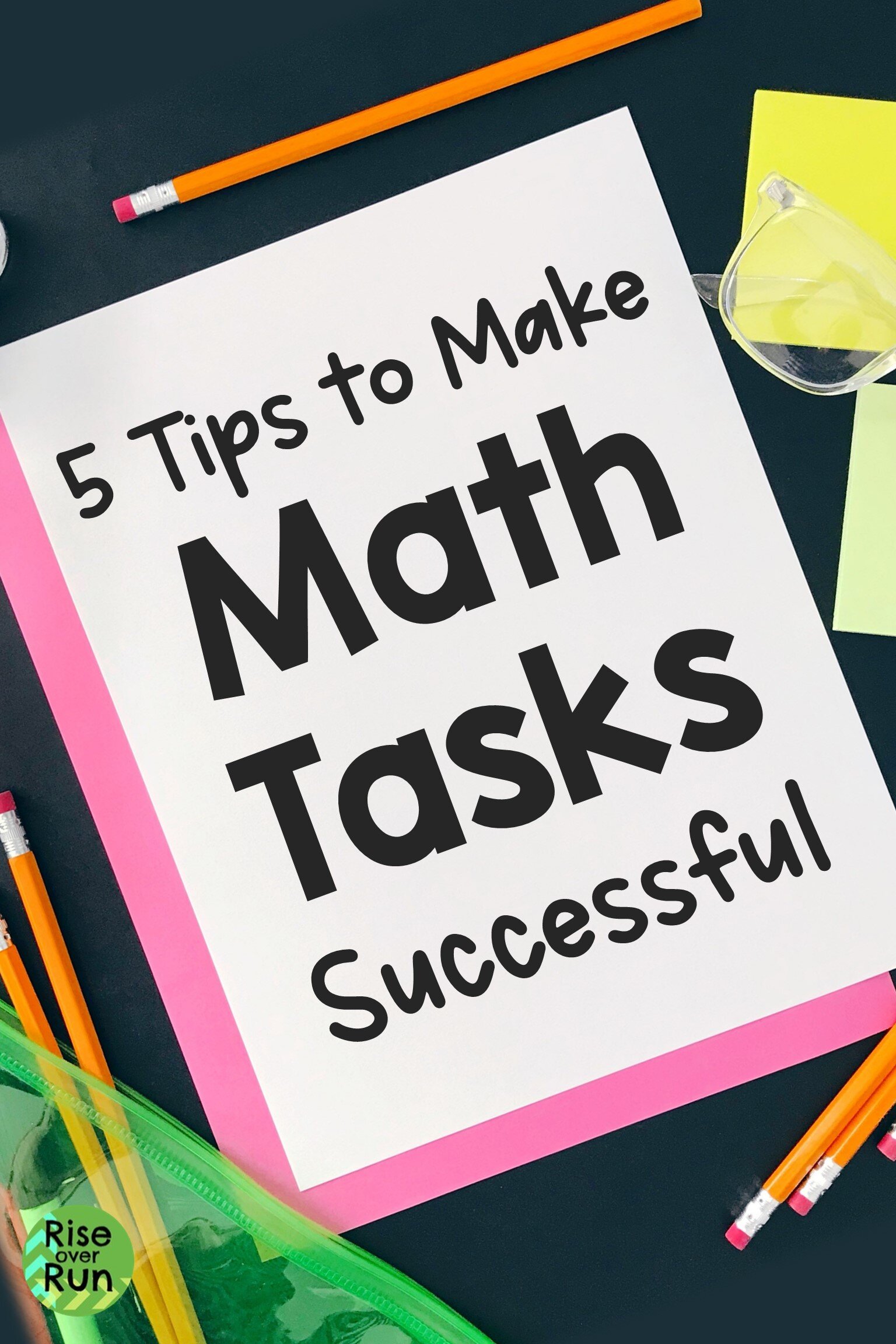
5 Tips to Make Math Tasks Successful
A math task is an in-depth problem we present to students centered around one (usually real world) scenario. A math task may have several questions or parts, but they are all related. It requires a deep level of thinking as students make connections and problem solve. In this blog post, I give my 5 best tips for math teachers to help make tasks successful!
